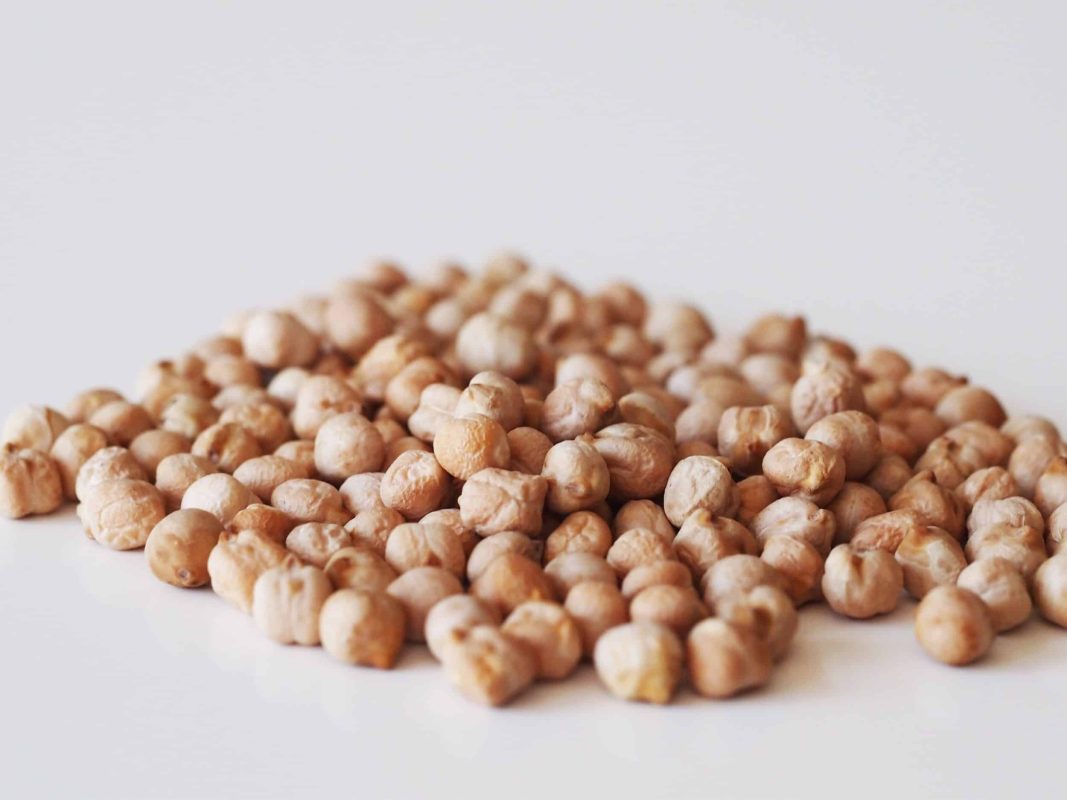YETRAC
Chickpea Farming and Cultivation
Chickpea Farming and Cultivation
Chickpea, cultivated extensively in Turkey, holds a significant position among legumes, following beans and lentils. Being a plant thriving in arid regions, chickpea’s economic importance stems from its modest soil requirements and its ability to fix free atmospheric nitrogen through its roots, making it crucial in crop rotations, especially with cereals. Its grains, rich in protein (18-31%), serve not only as a staple in human nutrition but also as an industrial raw material. Intermediate forms between cultivated and wild varieties are utilized as animal feed.
Morphology
Chickpea presents itself as an annual herbaceous plant with a cultivation focus on its seeds.
Nutritional and Health Values
Chickpeas, renowned for their abundance in protein, mineral content, and vitamins, have played a pivotal role in human nutrition for centuries. The observed 20 different colors ranging from white to black in chickpea seeds provide a rough indication of their chemical composition. As the color deepens, the nutritional value increases. Chickpeas with darker hues, mainly used for animal feed, tend to have higher protein content compared to those intended for human consumption.
Cultivation
- Chickpeas flourish in regions with low to moderate rainfall, typically fitting into dry and semi-arid climates.
- The cultivation altitude spans from sea level up to 5600 meters, making it suitable for a broad range of areas globally.
- With a vegetation period of 60-90 days, chickpeas require a soil temperature of at least +3ºC for germination.
- Chickpeas show resilience to temperatures as low as -10ºC but may suffer from excessive humidity during rainy seasons.
- The plant exhibits adaptability to a variety of soil types, favoring well-draining, fertilized soils with moderate moisture.
- Chickpeas are relatively tolerant to soil salinity, making them essential in crop rotations when soil salinity is a concern.
Soil Preparation
Soil is plowed in the fall using tools that penetrate 10-15 cm deep, such as chisel plows, and left untreated until winter. Chickpeas do not demand an intricately prepared seedbed, with their preference leaning towards coarse soils for germination.
Planting Time
Chickpea planting times vary across regions in Turkey. In Central Anatolia, planting commences in the second half of March to early April. In Eastern Anatolia, planting occurs from mid-April to early May. The choice of planting time may influence weed problems, with early planting potentially leading to increased weed challenges.
Planting Technique
Chickpeas are planted either by broadcasting or using seed drills. Broadcasting, being the more prevalent method, results in uneven germination due to the excessive use of seeds. Ideally, machine-driven row planting provides better control over seed distribution. Row spacing ranges from 25-35 cm, while intra-row spacing varies between 3-5 cm. Broadcasting is more common in Turkey, followed by row planting.
Fertilization
During planting, if possible, nitrogen and phosphorus fertilizers should be applied. Soil analyses would provide more accurate fertilizer recommendations, but generally, applying 2-3 kg of nitrogen and 4-6 kg of P2O5 per hectare significantly boosts yields.
Diseases:
- Anthracnose: Caused by the fungus Ascohyta rabici, anthracnose manifests as spots on chickpea pods. The disease can be particularly impactful during the flowering period.
Pests:
- Chickpea Fly: Indicators of chickpea fly infestation include yellowing and shedding of lower leaves. Larvae, visible between leaf layers, are yellow-striped and around 2-3 mm long.
Weed Control
Mechanical and chemical weed control methods are employed. Chemical herbicides such as Gramaxone, Simazine, Aretit, or Prometryne, when used appropriately, can control approximately 80% of weeds. In recent years, Linuron, applied at 200g per hectare, has become a common choice.
Harvesting
Chickpeas are typically harvested when the plants turn a straw-yellow color. Harvesting can be done manually or with machinery. Chickpeas tend to shed fewer seeds compared to other legumes.
Chickpea farming practices vary based on climate, soil characteristics, and specific varieties. Therefore, selecting appropriate varieties and employing suitable cultivation techniques tailored to local conditions is paramount.

